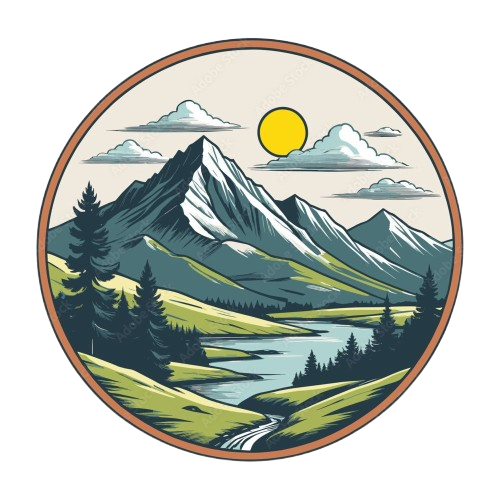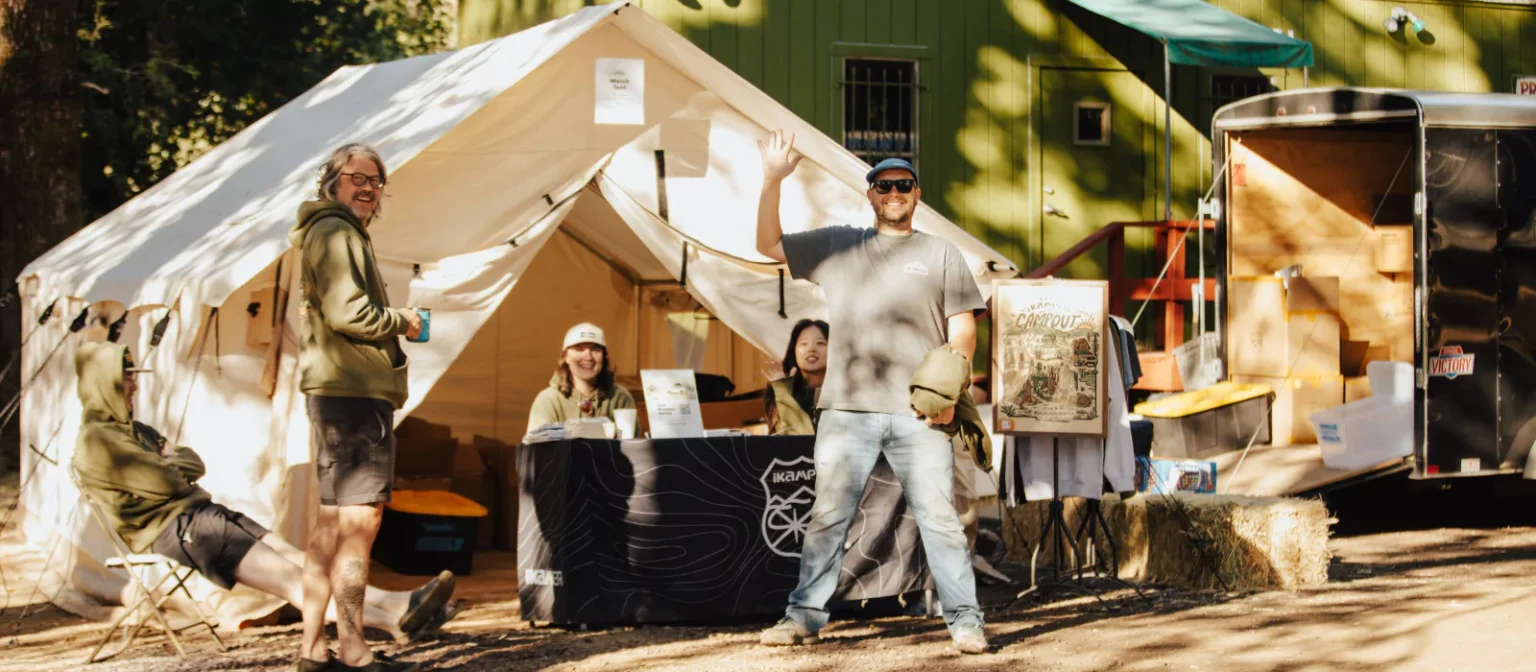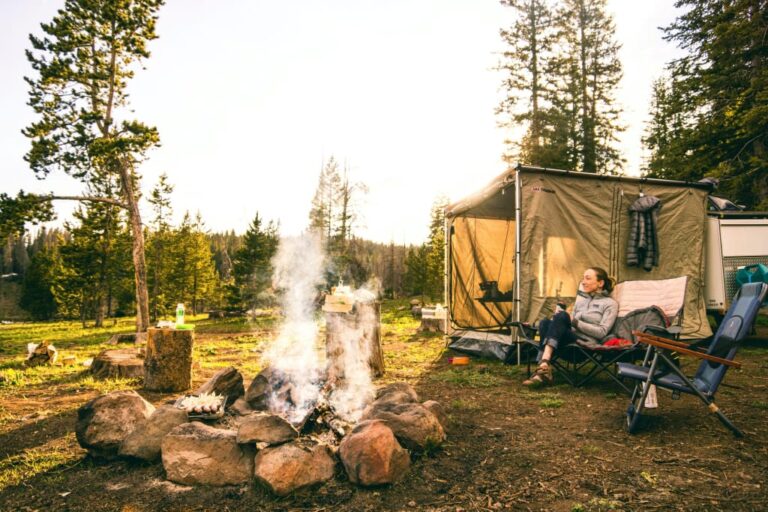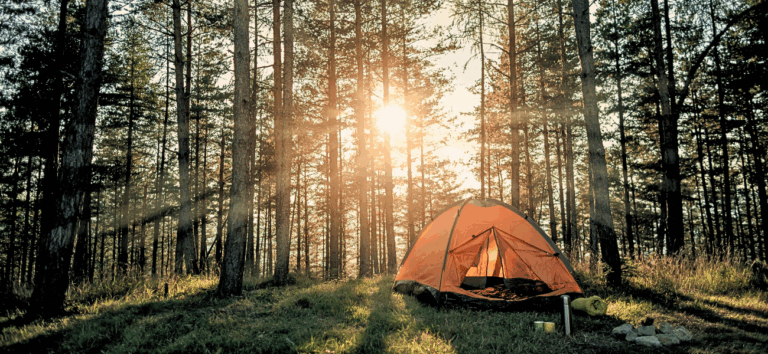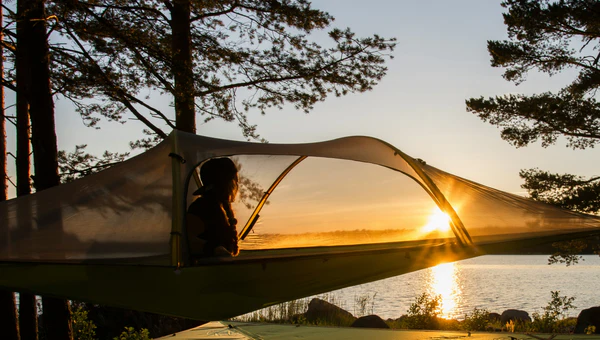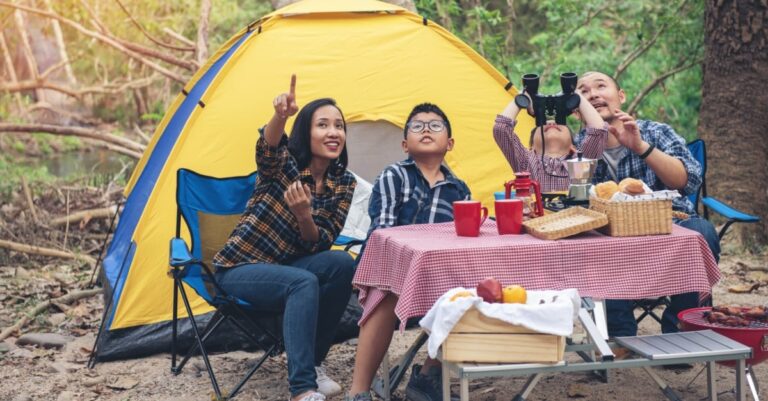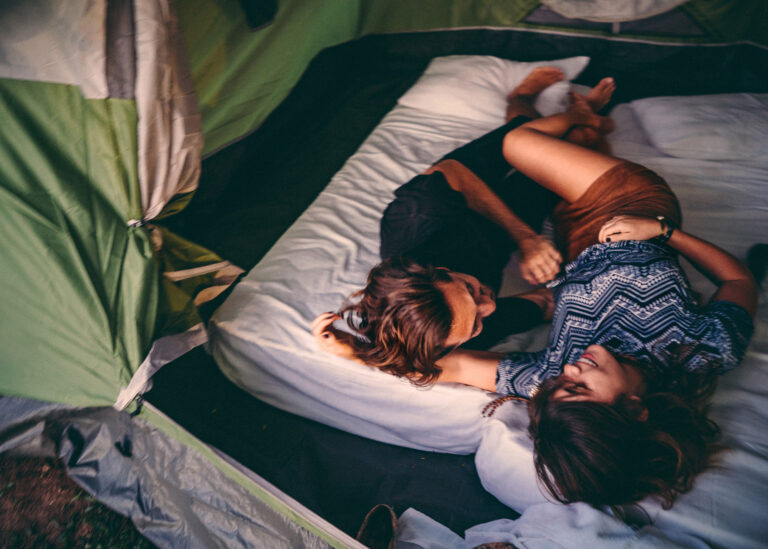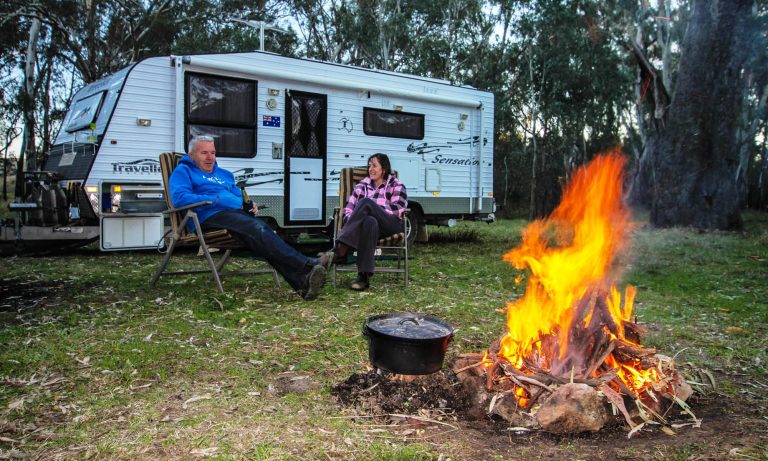The Complete Camping Terminology Guide for All Outdoor Lovers
Knowing the lingo used in camping can make your experience safer, easier, and much more pleasurable, regardless of your level of experience. We’ve put together the definitive camping glossary, covering everything from gear jargon to trail talk, to help you feel comfortable in any outdoor situation. One word at a time, let’s unravel the untamed realm of camping.
🏕️ Camping Basics
Tent
A portable shelter typically made of fabric and poles, used for sleeping outdoors.
Campground
A designated area with facilities (restrooms, fire pits, etc.) where people can camp.
Backcountry Camping
Camping in remote, undeveloped areas away from roads or services. Also known as “wilderness camping.”
Car Camping
Camping where you can drive up to the campsite and unload gear directly from your vehicle.
Dispersed Camping
Camping outside of designated campgrounds, usually on public lands. Often free but without amenities.
🔥 Campfire and Cooking
Fire Ring
A circular area, usually made of stones or metal, designated for building campfires.
Kindling
Small sticks or twigs used to help start a fire.
Dutch Oven
A heavy-duty cast iron pot used for cooking over open flames or hot coals.
Camp Stove
A portable gas or propane stove for cooking meals when a fire isn’t allowed or practical.
Bear Bag/Bear Canister
A method or container used to store food away from animals, especially bears.
🥾 Gear & Clothing
Sleeping Bag
An insulated bag for sleeping in, rated by temperature for different environments.
Sleeping Pad
A cushioned mat placed under the sleeping bag for comfort and insulation from the cold ground.
Rainfly
A waterproof cover that goes over your tent to protect it from rain.
Headlamp
A hands-free light source worn on your head, essential for nighttime tasks.
Layering
A clothing strategy using base, mid, and outer layers to adapt to varying temperatures and weather conditions.
🧭 Navigation and Trail Terms
Trailhead
The starting point of a hiking or backpacking trail.
Blaze
A marker (often paint or a sign) used to show the correct path along a trail.
Topo Map
A topographic map showing elevation changes, trails, and landmarks.
Waypoint
A reference point on a trail used for navigation, often marked on GPS devices.
Leave No Trace (LNT)
A set of principles that encourage environmental responsibility and minimal impact when outdoors.
🐻 Safety & Survival
First Aid Kit
A collection of supplies and tools to handle medical emergencies or minor injuries.
Bug Out Bag
A pre-packed emergency survival bag, useful for extended camping or unexpected situations.
Hypothermia
A dangerous drop in body temperature, often caused by exposure to cold and wet conditions.
Dehydration
A condition caused by not drinking enough fluids, common in hot or high-activity camping environments.
Bear Spray
A type of pepper spray used as a last resort to deter aggressive wildlife.
🛶 Recreation and Fun Terms
Hammocking
Relaxing or sleeping in a hammock strung between two trees.
Geocaching
A real-world treasure hunting game using GPS to find hidden containers or “caches.”
Stargazing
Observing the night sky, a popular camping activity especially in areas with low light pollution.
Campfire Stories
Tales told around the fire, ranging from funny to spooky.
S’mores
A classic campfire treat made with graham crackers, chocolate, and toasted marshmallows.
🌲 Slang & Fun Lingo
Glamping
“Glamorous camping” – a luxury camping experience with comforts like real beds, electricity, and gourmet meals.
Tent City
An area where many tents are pitched closely together, often seen at music festivals or crowded campsites.
Basecamp
A main camping spot used as the center for exploring or hiking nearby areas.
Cowboy Camping
Sleeping directly under the stars without a tent, usually with just a sleeping bag or tarp.
Trail Magic
Unexpected acts of kindness or supplies left for hikers by strangers, often found on long trails like the Appalachian Trail.
🔚 Final Thoughts
Camping is more than just a hobby—it’s a lifestyle, a retreat, and a gateway to nature. Knowing the lingo helps you connect more deeply with fellow campers, stay safe, and enjoy the experience to the fullest. Whether you’re learning how to pitch a tent, following a blaze on a trail, or telling ghost stories by the fire, this guide has your back.
So pack your gear, remember your layers, and go embrace the wild with confidence. Adventure awaits—and now, you speak its language.
